Creating a designer-style room may seem like an unattainable dream, but with a few key tips and tricks, you can achieve a polished, professional look right in your own home. The secret lies in balancing functionality with aesthetic appeal, selecting the right furniture and lighting, and incorporating your personal style. Here’s how to unlock the secrets to designer-inspired spaces.
- Start with a Vision
Every great design begins with a clear plan. Start by visualizing how you want the space to feel and function. Is it cozy and inviting? Sleek and modern? Minimalist and serene? Use inspiration boards, Pinterest, or magazines to collect images and identify recurring themes in the rooms that resonate with you. Having a defined vision will guide your decisions and ensure a cohesive look.
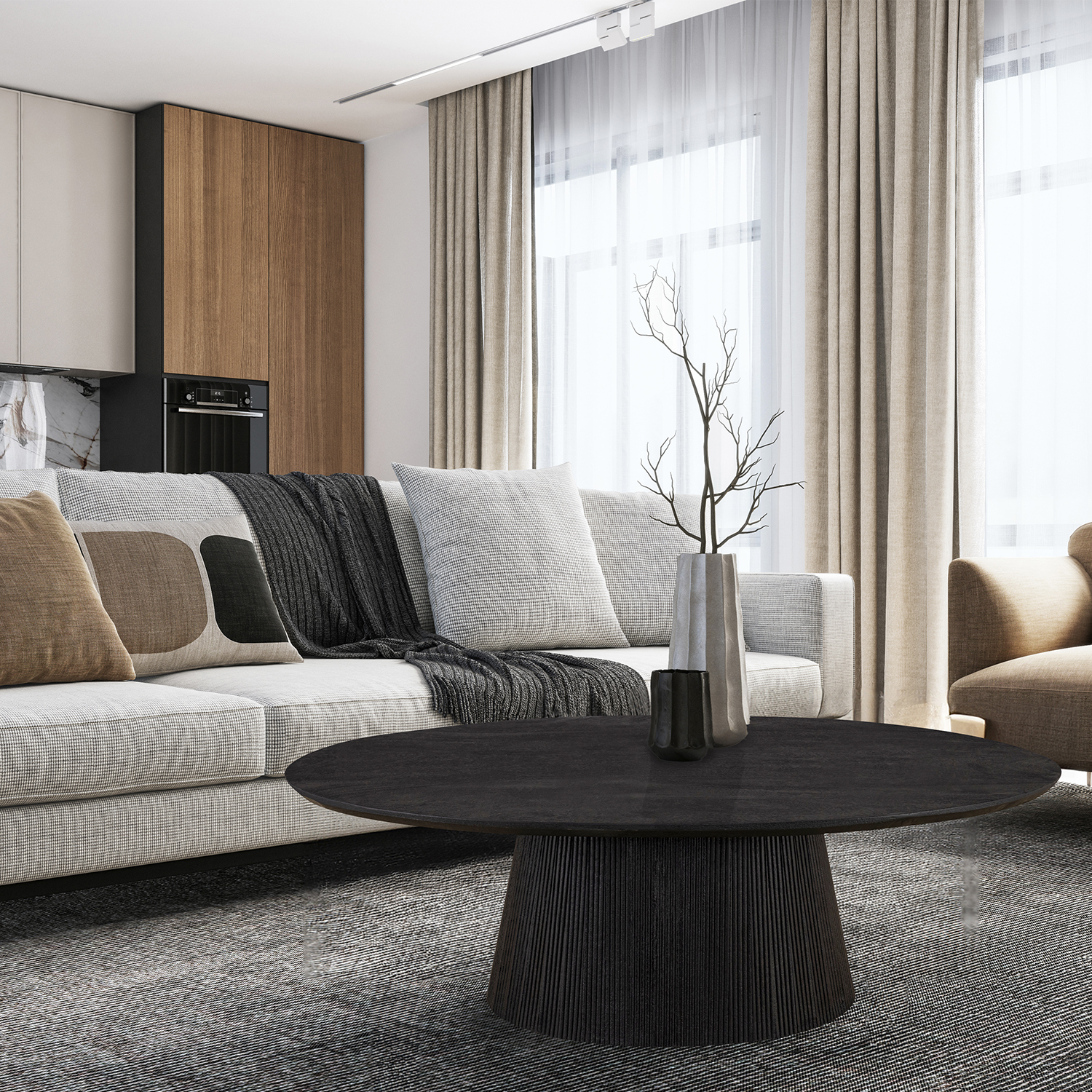
- Choose Quality Over Quantity
Designer rooms prioritize quality over clutter. Invest in key furniture pieces, like a statement accent table or a luxurious sofa, that anchor the space and elevate the overall design. Look for well-crafted items made from durable materials. For example, the handcrafted accent table 'Charlie' combines unique designs with lasting durability, ensuring it will remain stylish for years to come.
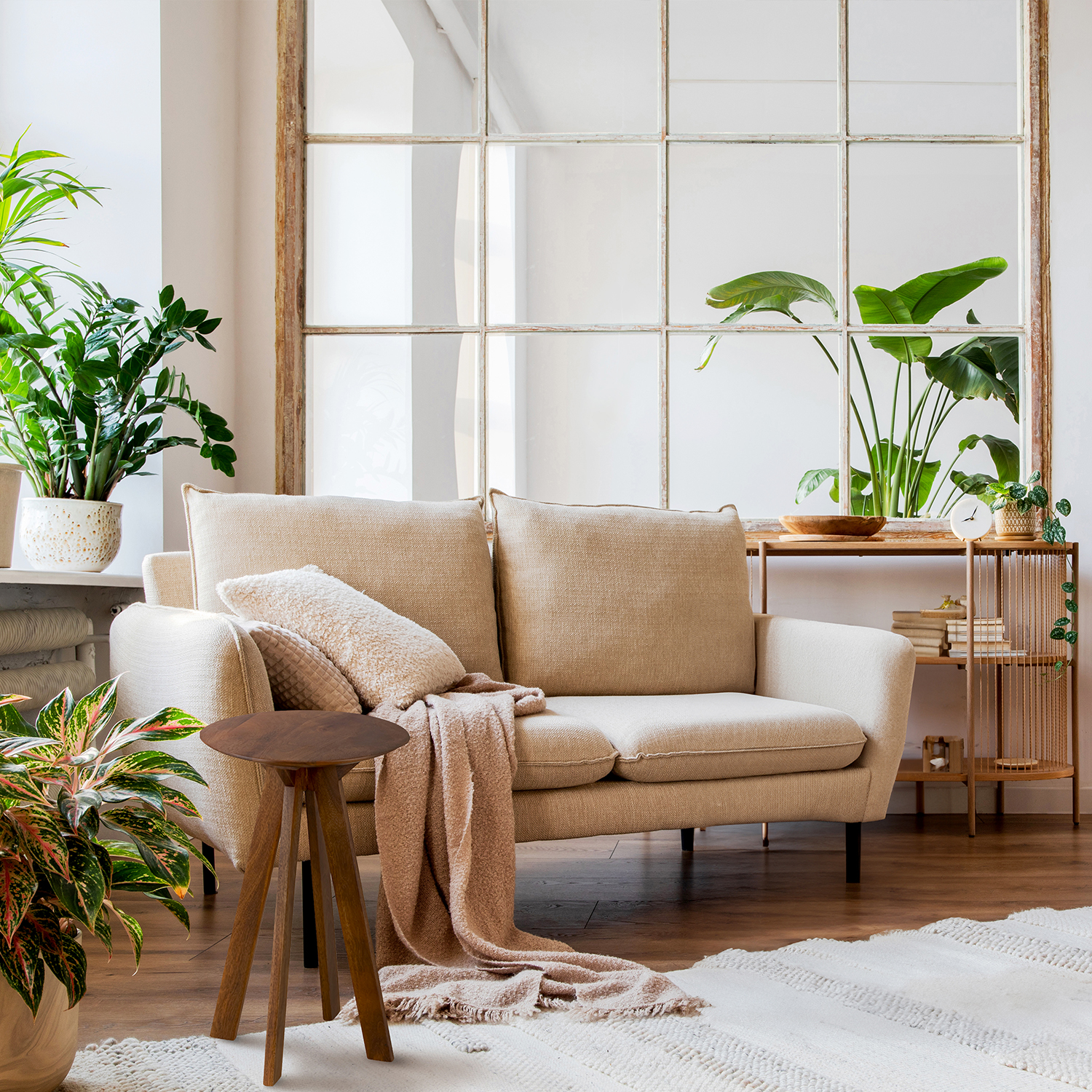
- Layer Your Lighting
Lighting plays a crucial role in setting the mood and highlighting your design. A combination of ambient, task, and accent lighting creates depth and dimension. Consider pendant lights like the 'Ollie' or wall-mounted fixtures like the ‘Aspen’ to add style and functionality. Don’t forget to incorporate natural light with sheer curtains or strategically placed mirrors to reflect sunlight.
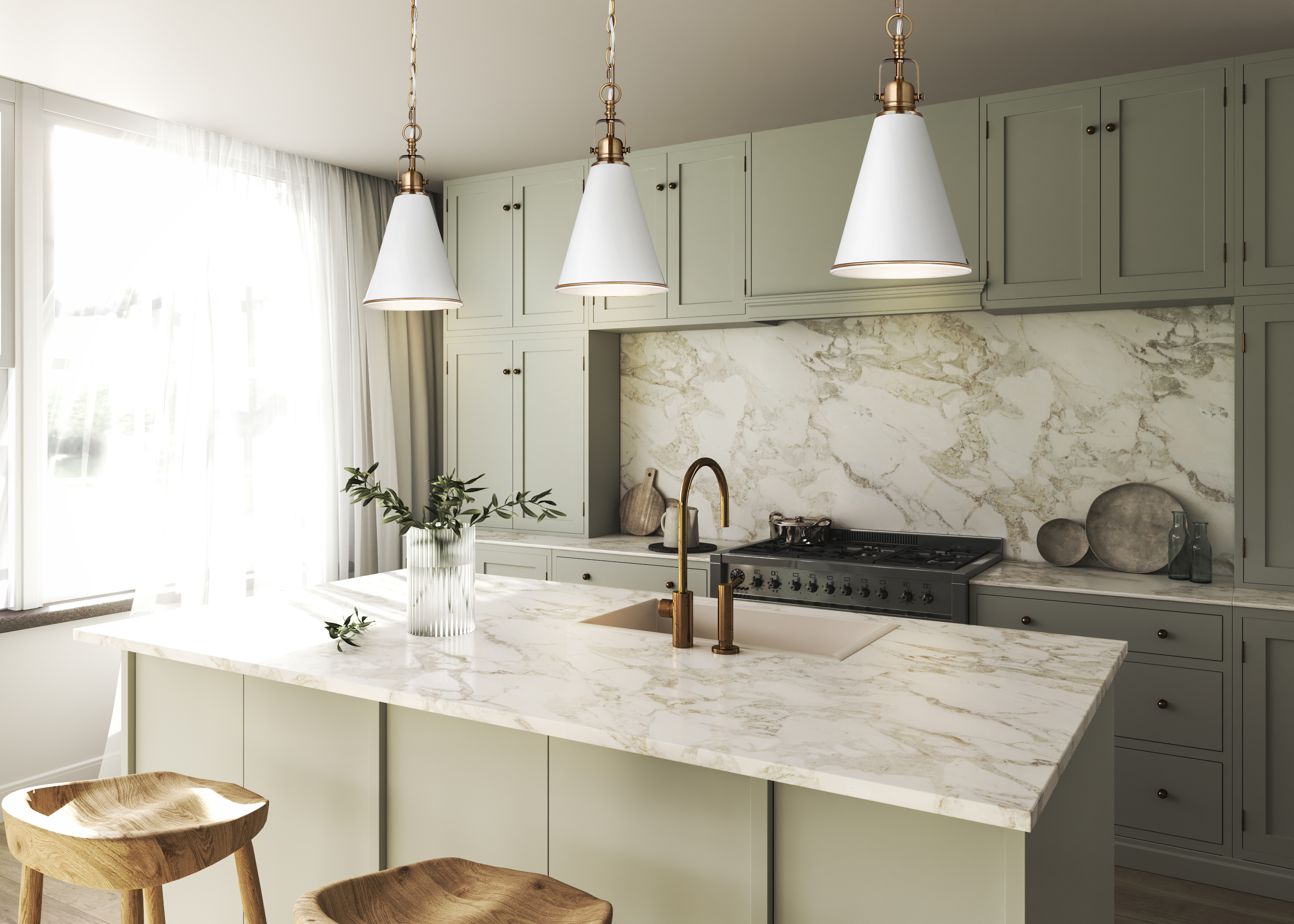
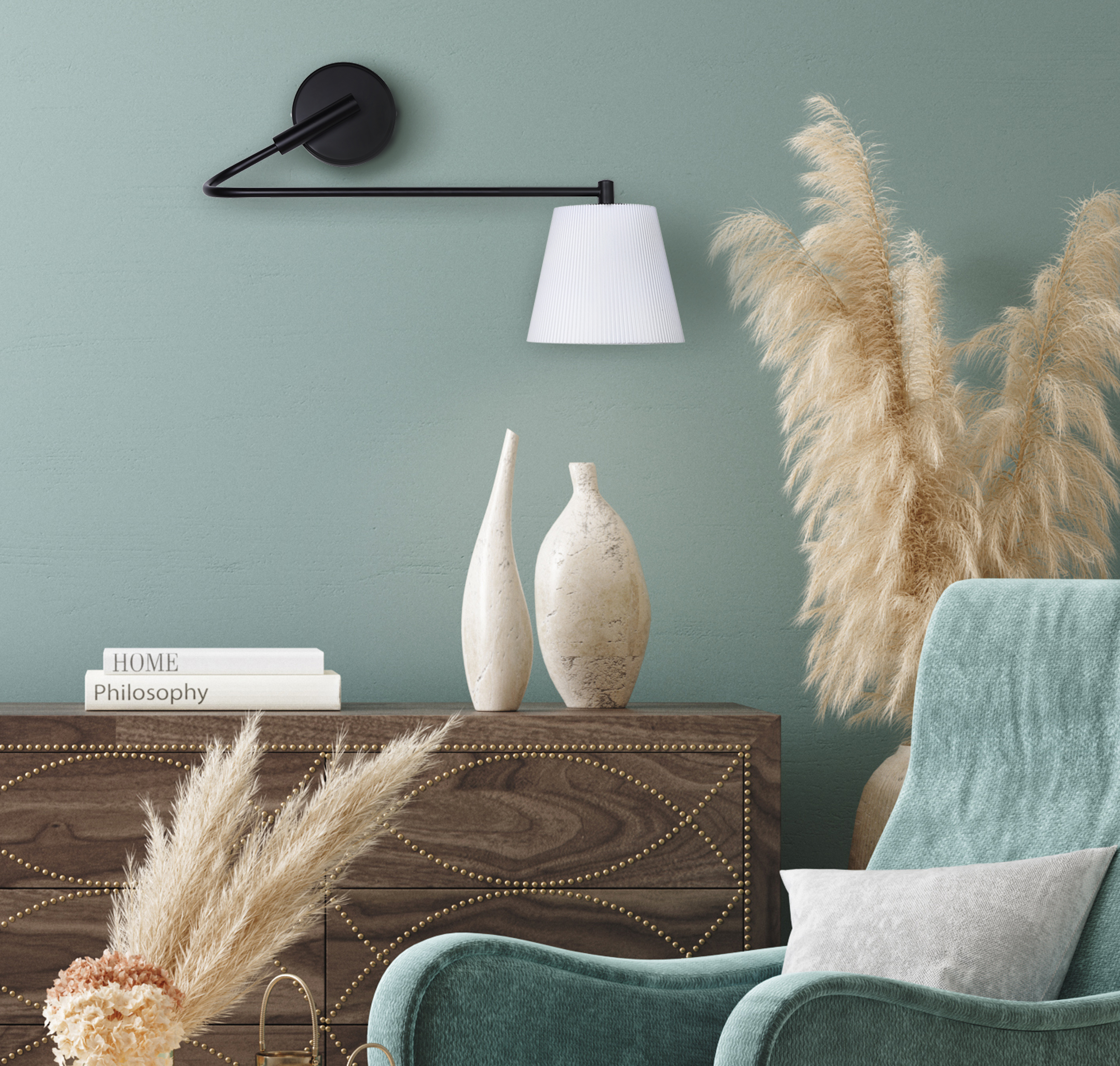
- Master the Art of Colour and Texture
A sophisticated colour palette is essential for a designer-style room. Choose a base of neutral tones, like whites, grays, or beiges, and add pops of colour through decor, pillows, or artwork. Texture is equally important—mix materials like soft textiles, wood, metal, and glass to create visual interest. A seagrass table like 'Manu' adds an earthy texture that pairs beautifully with other natural elements.
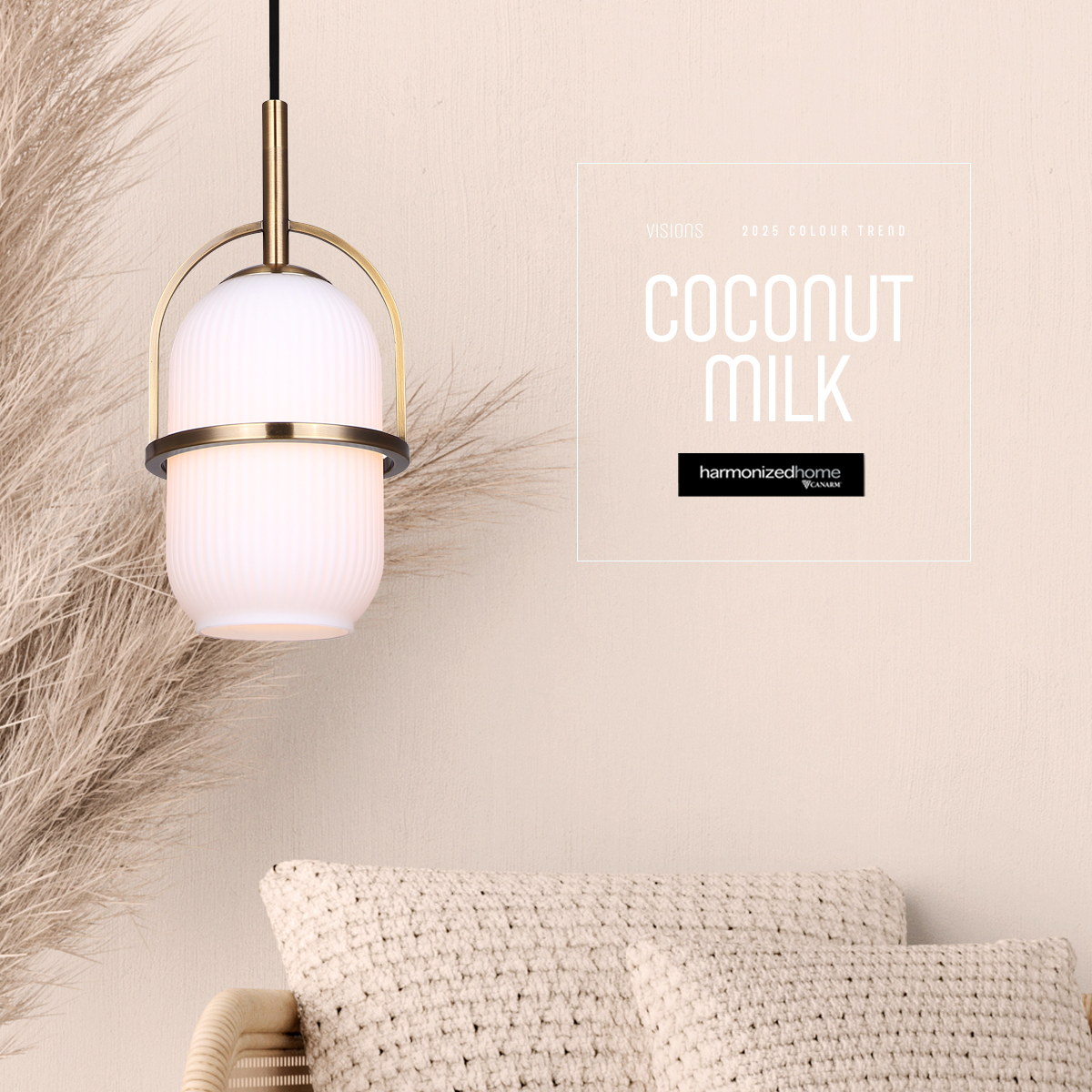
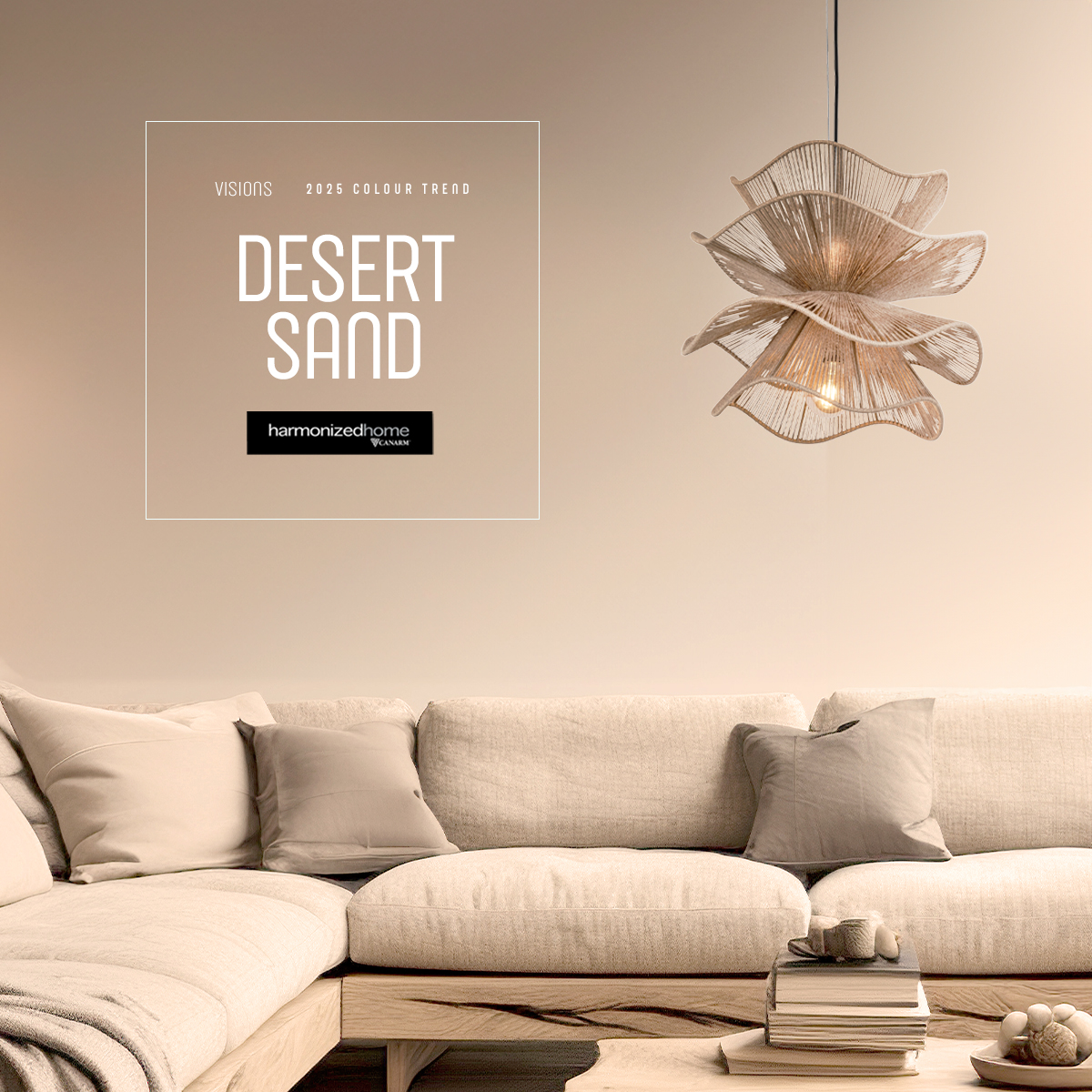
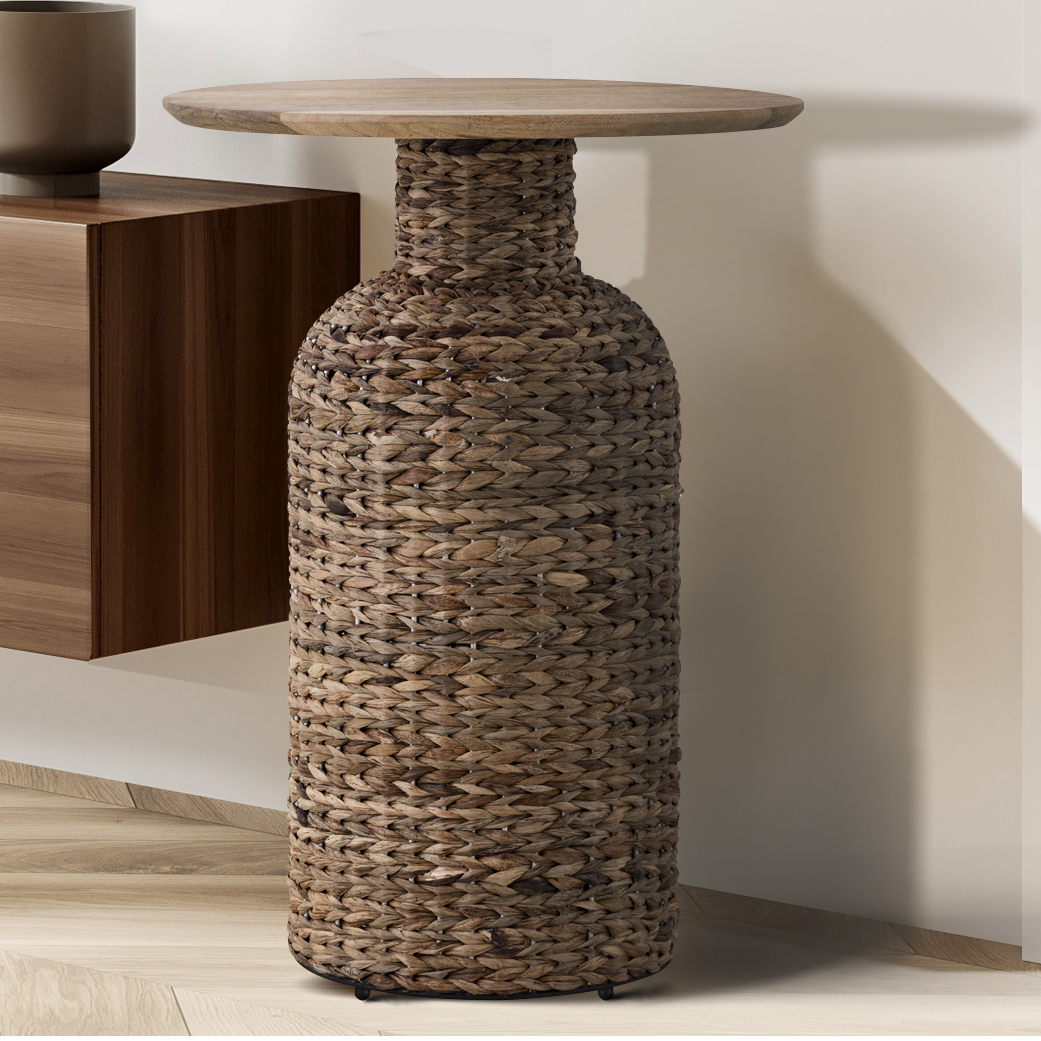
- Incorporate Statement Pieces
A designer room often features one or two statement pieces that draw the eye. This could be a bold light fixture, an oversized piece of art, or a uniquely shaped table like the 'Pomeroy' monster leaf table. These pieces serve as conversation starters and add a unique personality to your space.
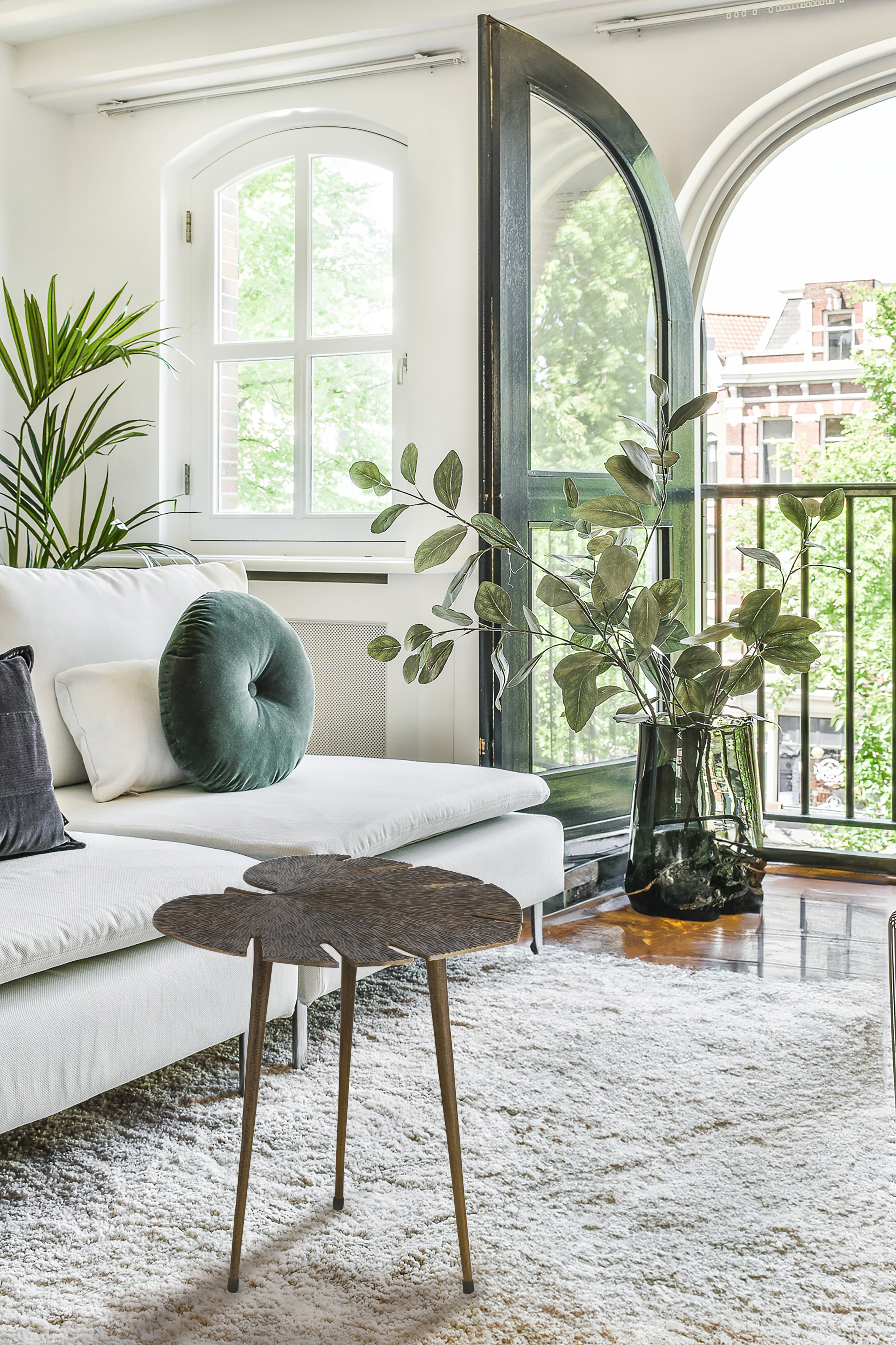
- Focus on Proportions and Layout
Getting the layout right is key to a professional look. Ensure your furniture is proportionate to the size of the room and arranged in a way that promotes flow and functionality. Avoid overcrowding by leaving enough negative space around key pieces. For smaller rooms, opt for versatile items like nesting tables such as the 'Koda' set, which can be separated or tucked away as needed.
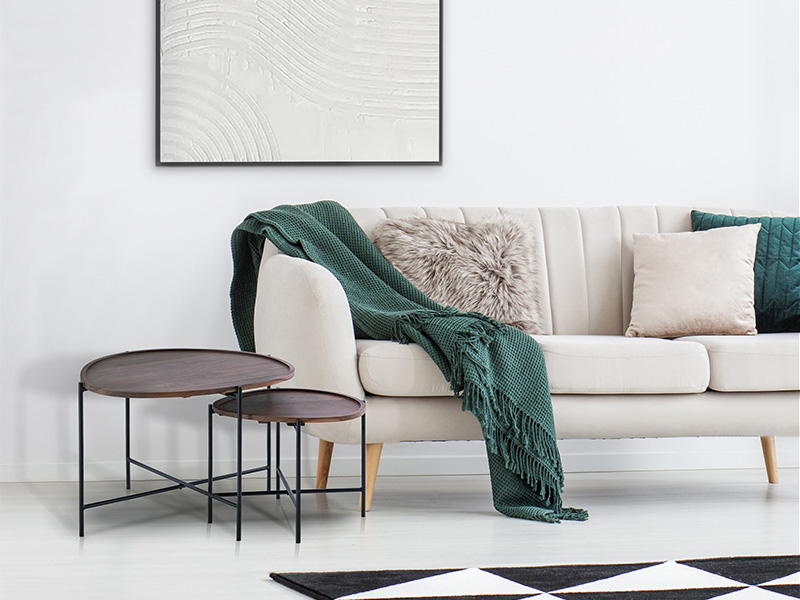
- Pay Attention to Details
The finishing touches bring a room together. Decorative accessories like vases, books, and candles add warmth and character. Choose items that complement your overall theme. For example, if your room leans toward mid-century modern, opt for geometric decor or vintage-inspired pieces. Add greenery with potted plants to bring life and vibrancy to the space.
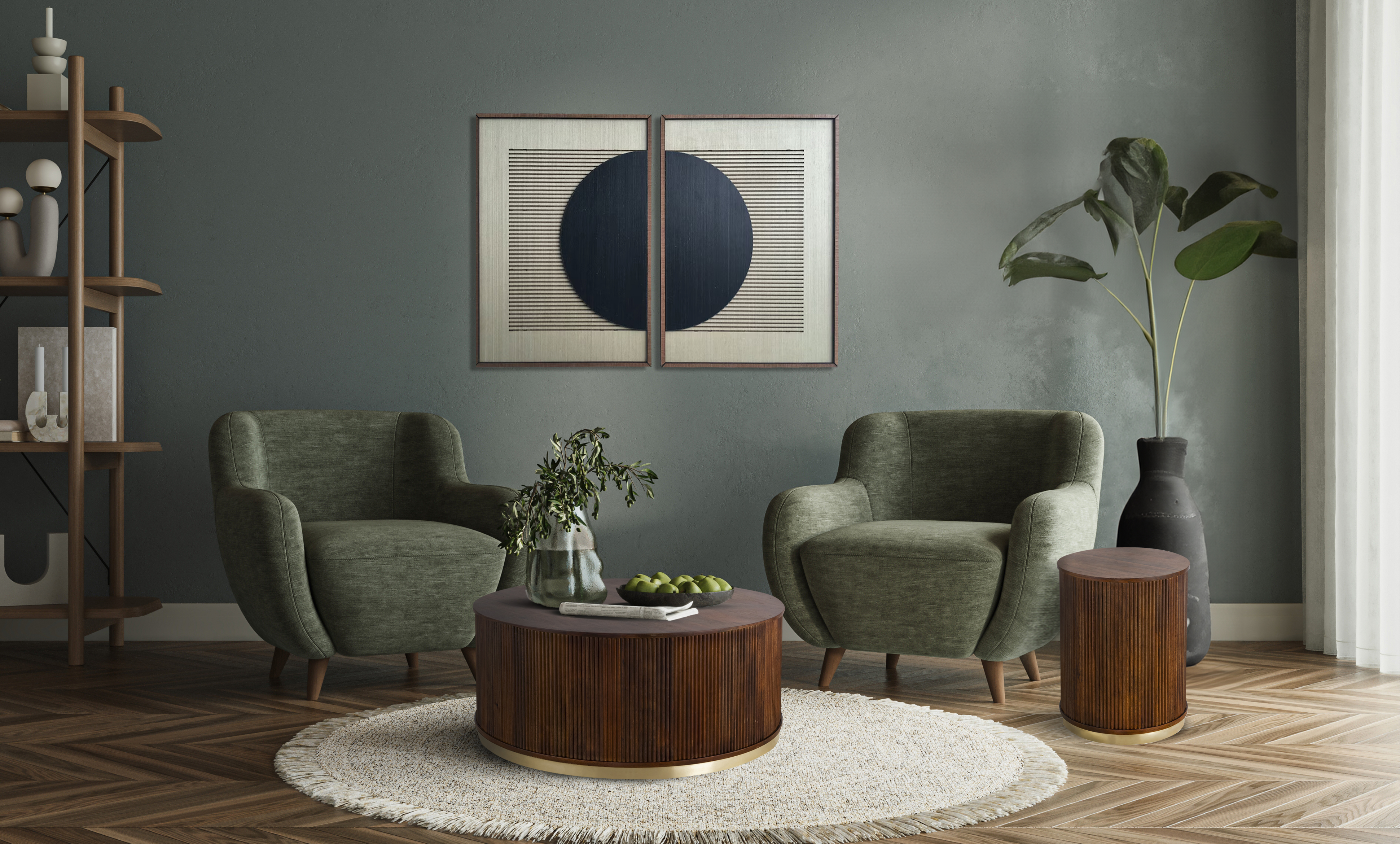
Conclusion
Achieving a designer-style room doesn’t require a professional interior designer—just a thoughtful approach to furniture, lighting, and decor. By focusing on quality pieces, layering lighting, mastering colour and texture, and adding personal touches, you can create a space that looks like it came straight out of a magazine. Explore our curated collection at harmonizedhome to find the perfect pieces to elevate your home design today!
Happy shopping!







